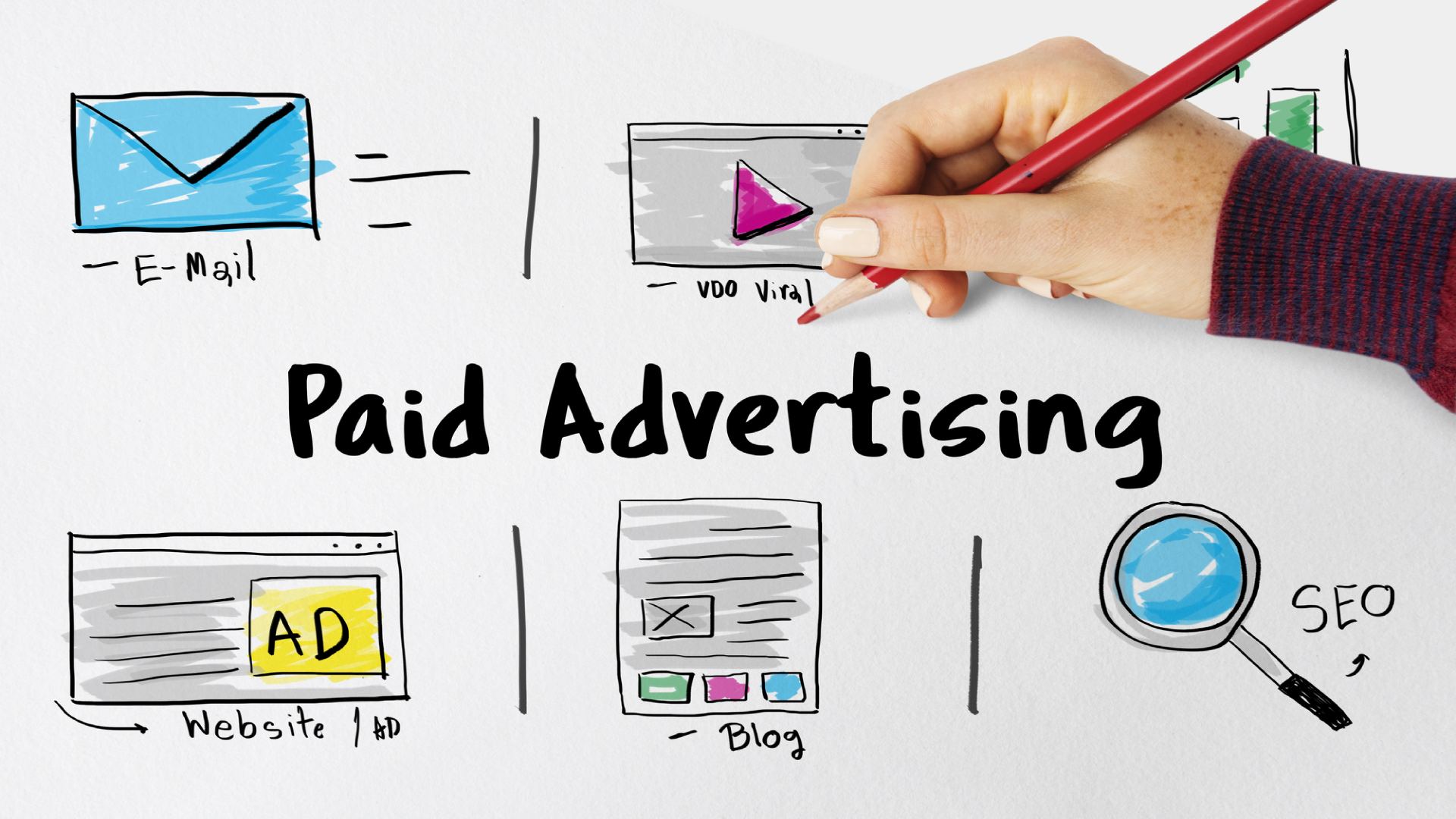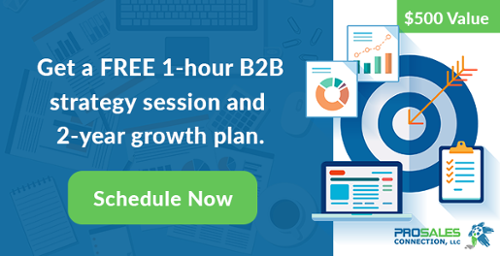Thanks to the internet and other technological advances, your potential customers have a ton of information at their fingertips. They no longer see something and buy it on the spot—they're smarter than that. They'd prefer to do the research, read multiple reviews, and check out the feedback across various social media channels.
That means the key to greater lead generation lies within your inbound marketing efforts. This is especially true for paid inbound marketing, i.e., paid search.
With paid search, you can put your business in front of your customers' eyes and significantly increase your website traffic. If that sounds good so far, then keep reading to learn more.
What We Mean By Paid Search Marketing
Paid search marketing goes by a few different names in the digital marketing world—Search Engine Marketing (SEM), sponsored advertising, Pay-Per-Click (PPC), search engine advertising, and so on. So, whenever you hear about Google Ads, Google Product Listing Ads, Shopping Ads, and even Bing Ads, that's all paid search marketing.
Whenever you type something into a search engine like Google, for example, you're brought to a Search Engine Results Page (SERP for short). SERPs bring together a mixture of paid search results and organic search results. The paid search results will appear at the very top of the page, usually in an outlined box with the word "ad" underneath in bold text.
Essentially, paid search is when you pay a fee to have your website displayed at the top of the SERP for specific keywords or phrases. When someone types in your specific keyword or phrase, your website is the first thing they'll see.
Paid Search Vs Organic Search
Like we mentioned before, each SERP pulls up a mixture of paid and organic search results dictated by a specific keyword or phrase. The primary difference between the two types of search results are the fees paid and the Search Engine Optimization (SEO) strategies used.
Organic searches depend entirely on SEO best practices. SEO is what improves your Google or other search engine rankings. Google picks up on certain keywords and phrases using a certain algorithm. It also picks up on how long someone remains on your website, which also directly affects your rankings.
Paid searches show up as displayed ads. Since they're paid for, you don't really have to rely on heavy SEO tactics to get your site optimized and viewed. The fee you pay is usually based on the views or clicks for each ad, and your site is guaranteed to show up on the SERP with the keyword or phrase you choose.
The truth is, paid searches are often overlooked because between 70 and 80 percent of all research consumers only focus on the organic results. However, that still leaves a good 30 percent who go for the paid search each time.
That also doesn't mean that paid searches aren't worth the investment. It can take anywhere from two to six months to rank on Google's top ten—and there still aren't any guarantees you'll make the first page. Or the second, or the third. Paid search ads are secretly one of your best B2B marketing strategies, especially if you're having a hard time ranking.
How Paid Search Marketing Works
Paid search marketing comes down to a science, as do all forms of SEO. The first thing you need to know about how paid search marketing works is that all businesses have to bid on the specific keywords they want their ads to show up for. Choosing the right keyword or phrases depends on what your market is searching for—and exactly what your market is searching for.
The paid search ad auction determines which ads will show up and where they will show up. The factors that affect where your ad will rank include:
Your Landing Page, Keywords, and Ads
Your landing page, keywords, and ads are the three most important elements in your paid search marketing strategy. The first thing you do is give Google your list of relevant keywords, which will tell Google to display your ad when those keywords are searched. Your ad should be attractive enough for viewers to click on, and that ad will take them directly to your landing page.
You probably already have a good understanding of what your landing page should look like. The goal is to convert your leads into sales, however that may look for your company. Understanding how to manage and optimize these three elements are what will make your paid search successful.
Your PPC Bidding
Next, you'll want to get a firm grip on your PPC bidding. This is where the cost of your paid search comes into play. PPC bidding works by allowing you to bid on your keywords rather than paying for the ad space. That means you only pay when a potential lead clicks on your ad, rather than each time they click on the ad or gloss over it.
The only catch to PPC bidding is that if your competitors outbid you for the same keyword or phrase, they'll be ranked above you or before you.
Your Quality Score
In addition to your PPC bid, Google also uses what's known as a "quality score" from 0-10 to make its final decision. The quality score is based on an algorithm that scans and scores each of your ads, landing pages, and keywords for relevancy. That's why having your landing page, keywords, and ads in sync are critical to your paid marketing efforts.
The purpose of Google's quality score is to evaluate and guarantee an optimal experience for its viewers. Otherwise, someone could easily bid on "vacuum cleaners" but actually be selling bath towels. Your quality score also works in your favor if your competitor outbids you, but has a lower score. Then, Google will automatically give you the ad space over them.
Paid Search Can Complement Your SEO
There are plenty of reasons to incorporate paid search in your B2B marketing efforts. It guarantees instant traffic and can target your target audience's online location. It'll also elevate all of your other SEO efforts, giving your entire marketing campaign a boost.
If you want to learn more about how paid searches can improve your inbound marketing, reach out to us today. We can become the necessary virtual extension to your sales and marketing team. For more knowledge on how you can set up your inbound marketing for success, check out our blog.








